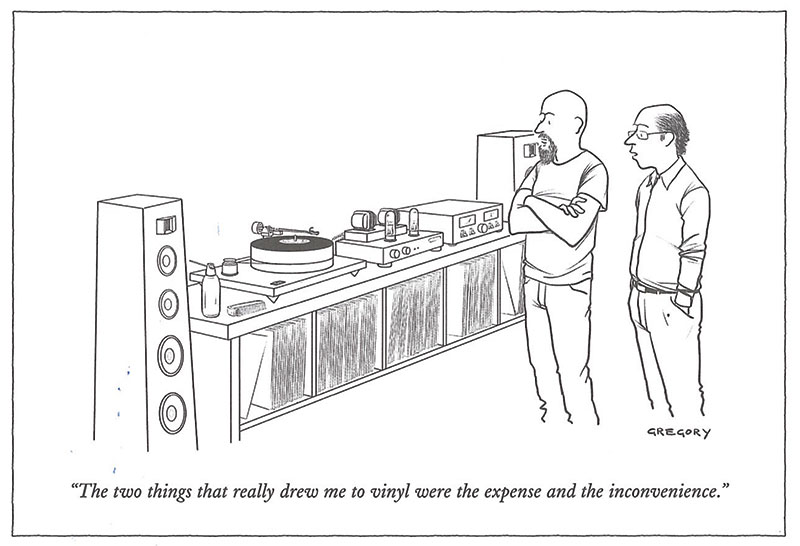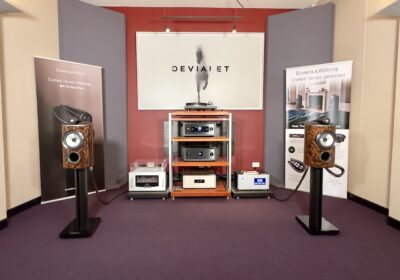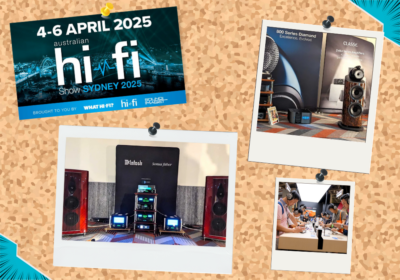Earlier this month Shelly Hepworth of The Guardian wrote an interesting article on the rise of older technologies, including vinyl records, being driven by a wave of nostalgia, this triggered in turn partly by the impact of the Corona lockdowns.
Of course, this immediately raised my audiophile hackles. Obviously, Shelly was missing the point regarding vinyl – we all know that the current consumers fascination for vinyl is based on sound quality alone! And besides – the vinyl floodgates had opened many years before any of us had heard of Covid.
However, despite the positives of vinyl, and my protests, there is a good deal of truth in the article.
Firstly, let’s consider the positive aspects of vinyl, with the obvious one being performance. Assuming you have a quality turntable and a system capable of reproducing the qualities that that turntable is capable of, and that your records are in good condition, vinyl is close to as good as you can get for recorded music. (Another format making a return is Reel-to Reel, however this time around you can buy prerecorded albums produced from the master tapes – and you think vinyl sounds good!).
Another advantage of vinyl is that it dictates the way you listen to music – or it takes you back to how you used to listen to music – depending on your age. A side on a vinyl LP lasts for about 25 minutes, and then you need to turn it over – so you don’t tend to wander far from your system. And you have no option other than listen to the track selection in the order that the artist intended. Many artists and producers have deliberate track structures, a classic example being Pink Floyds Wall album – and many, many more. There is no random play on an LP.

Adele recently convinced Spotify to disable the default shuffle function when listening to her new ‘30’albumn. If you wish to listen to ‘30’ on Spotify, you will listen to the track order as intended by Adele. This is not new – classical music, and more recently jazz, has been theme based for eons.
However, we recognise that not all systems are capable of extracting the best that vinyl has to offer. Drop ‘Inexpensive turntable’ into your browser and you come up with a turntable-based system, with Bluetooth, for $78. You would not purchase this item based on any ill-conceived notions of audiophilia – there are other forces at play here. You could buy a steaming speaker for this price that would sound as good or better – with the advantage of buying three months of steaming subscription, accessing all the music in the world, for the same price as a single LP.
LP’s have some very definite drawbacks. They are prone to damage, they only play for a limited time per side, and they are expensive. If you are investing in vinyl because of the sound quality these drawbacks are worth the downside. If not…………….?
Yes – there is the smell of nostalgia around many of these purchases. One of the audio technologies making a supposed comeback is cassette (we are seeing very little indication that this is the case). At best cassette was a very convenient technology, a convenience bettered by many current technologies (USB anybody). Unlike vinyl, cassettes did nothing to advance the sound quality of recorded music. We can see no audio-based reason why the cassette would be resurrected.
As Shelly points out in her article nostalgia is a normal, and usually healthy, human condition. During the 1980’s, in what is now referred to as The Counter Clockwise Study, researcher Ellen Langer arranged for a group of men aged in their 70’s to live their life as they would have 20+ years earlier – listening to music, watching movies, reading magazines etc. of that earlier era. Amazingly at the end of five days they all appeared to be mentally, emotionally, and physically better off – the participants appeared to have reversed the aging process.
So back to vinyl! What could be better than settling back to listen to your favorite recording on your turntable, knowing that this is doing your wellbeing the world of good at the same time.




